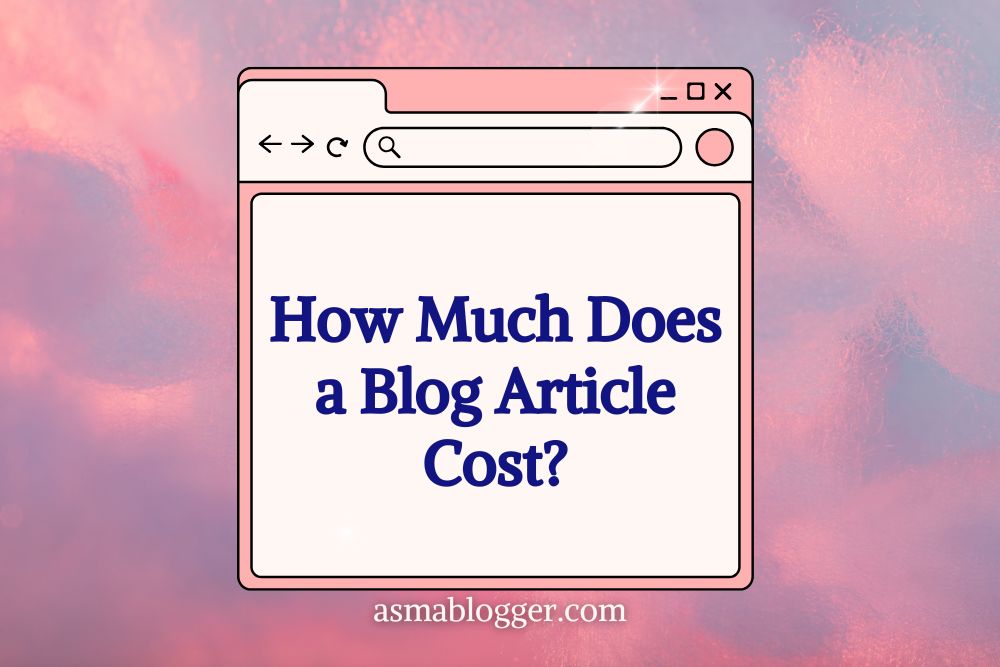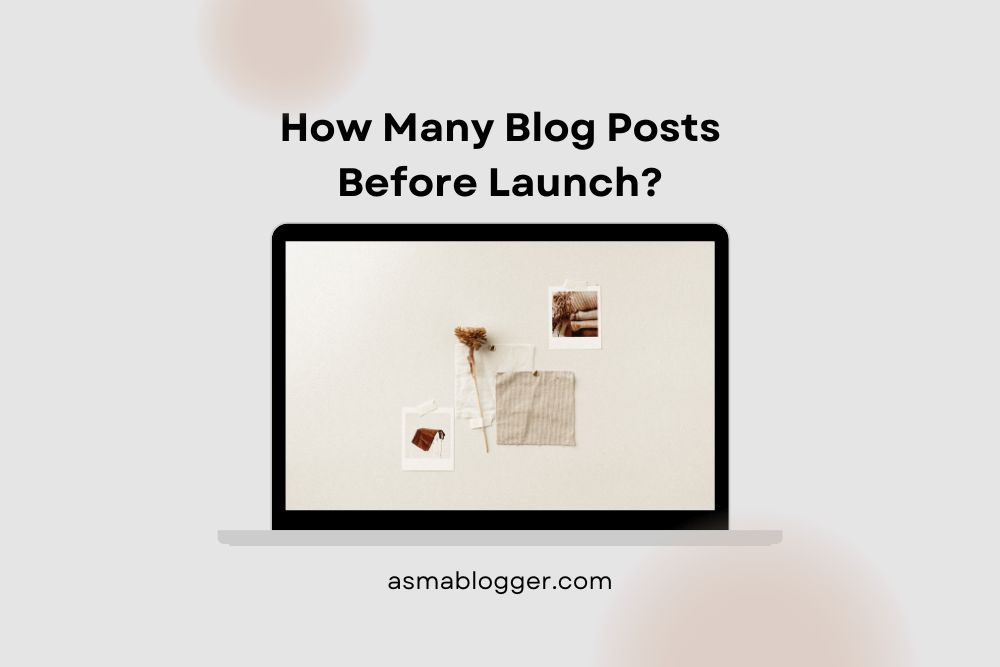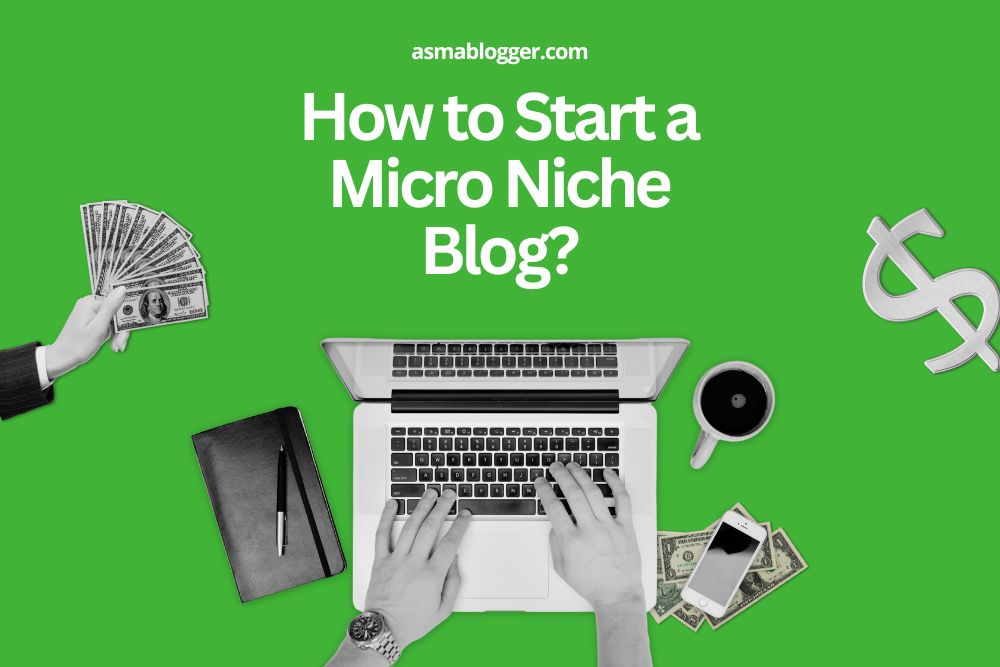With around 7.5 million blog posts published every day and over 2 billion each year, it can be tough to make your sponsored content stand out. Many bloggers find it hard to capture their audience’s attention or get the results they want. But don’t worry—there’s a way to break through the noise. By learning how to write a sponsored blog post, you can grab your readers’ interest and make brands notice you. Here’s how to create content that engages and sells.
Table of Contents
ToggleWhat is a Sponsored Blog Post?
A sponsored blog post is content that a company pays you to write and publish on your blog. It usually involves promoting a product, service, or brand in exchange for compensation. Unlike traditional advertisements, sponsored posts aim to provide value to readers by blending promotional content with informative or entertaining elements. This approach helps build trust with your audience while meeting the brand’s marketing objectives.

Why Write Sponsored Blog Posts?
70% of consumers prefer to learn about products through content rather than traditional advertisements. Sponsored blog posts offer several benefits for both bloggers and brands:
1. Monetization: For bloggers, sponsored posts are a lucrative way to monetize your blog. By partnering with brands, you can earn money while providing valuable content to your audience.
2. Brand Awareness: Brands use sponsored posts to increase their visibility and reach. By leveraging your blog’s audience, they can effectively promote their products or services to a targeted group of potential customers. Sponsored content can increase brand engagement by up to 50%.
3. Content Variety: Sponsored posts allow you to diversify your content and keep your blog fresh and engaging. They offer an opportunity to explore new topics and collaborate with different brands.

How to Write an Effective Sponsored Blog Post that Sells?
Writing a sponsored blog post involves several key steps. Here’s a detailed guide to help you create a post that not only meets the brand’s requirements but also resonates with your audience.
1. Understand the Brand and Its Goals
Before you start writing, take the time to understand the brand you’re working with and its goals for the sponsored post. What message do they want to convey? What are their key selling points? Familiarize yourself with the brand’s products or services and their target audience.
Example: If you’re writing a sponsored blog post for a fitness brand, you might start by researching their product lines, such as their best-selling protein powders and fitness equipment. This research can help you understand their target audience—fitness enthusiasts looking for quality supplements—and customize your content to their needs and interests.
By focusing on what matters to their audience, you can create a more effective and engaging sponsored post.
2. Identify Your Audience’s Needs and Interests
Your sponsored post should resonate with your audience. Consider what your readers value and how the brand’s product or service aligns with their needs. Write your content in a way that provides value and addresses your audience’s interests.
Example: If you’re writing a sponsored post promoting a new travel app, you could focus on tips for planning stress-free vacations and naturally integrate the app’s features into the content.
This approach allows you to provide practical advice to your readers while subtly highlighting the app’s benefits, making the post both informative and promotional.
3. Create an Engaging Headline
Your headline is the first thing readers will see, so make it compelling and relevant. It should grab their attention and give them a clear idea of what the post is about. Use powerful words and focus on the benefits of the product or service you’re promoting.
Example: Instead of a generic headline like “A Review of XYZ Product,” try something more engaging like “How XYZ Product Transformed My Morning Routine: A Real-Life Review.”
4. Write an Authentic Introduction
Start your sponsored post with an authentic introduction that sets the stage for the content. Share a personal story or experience related to the product or service. This helps build a connection with your readers and makes the sponsored content feel more genuine.
Example: If you are writing a sponsored post for a skincare brand, you could start by sharing a personal story about your own challenges with finding effective skincare products. For instance, describe your journey and how the brand’s solution made a noticeable difference in your skincare routine. This personal touch helps make the content more relatable and engaging for your readers.
By connecting your experience with the brand’s product, you increase the authenticity of the post and build a stronger connection with your audience.
5. Provide Value with Useful Content
Your sponsored post should offer valuable content that benefits your readers. Whether it’s tips, how-to guides, or insightful information, make sure your post provides something of value. Integrate the brand’s product or service naturally into the content to avoid coming across as overly promotional.
Example: For a sponsored post about a new cooking gadget, consider including a recipe and cooking tips that show how the gadget enhances your cooking experience.
This approach not only provides practical value to your readers but also highlights the product’s features in a natural and engaging way. By demonstrating the gadget’s benefits through real-life use, you can make your sponsored post more compelling and relevant.
6. Use Real-Life Examples and Testimonials
Incorporate real-life examples and testimonials to enhance the credibility of your sponsored post. Share your personal experiences with the product or include quotes from satisfied customers. This adds authenticity and builds trust with your audience.
Example: When writing a sponsored post about a new online course, you can include testimonials from students who have benefited from the course. Sharing their positive feedback and success stories can reinforce the course’s value and make the post more persuasive. This approach helps build credibility and shows potential students how the course can make a real difference.
7. Incorporate Visuals and Media
Visuals and media play a crucial role in making your sponsored post more engaging. Include high-quality images, videos, or infographics that complement the content and showcase the product or service. Visuals help capture readers’ attention and make the post more appealing.
Example: For a sponsored post promoting a travel destination, you can include stunning photos from the location. These visuals help readers visualize the experience and make the content more engaging. High-quality images of the destination’s landmarks, landscapes, and local culture can draw readers in and inspire them to explore the place themselves.
8. Include a Clear Call-to-Action (CTA)
Your sponsored post should have a clear call-to-action (CTA) that guides readers on what to do next. Whether it’s visiting a website, signing up for a newsletter, or making a purchase, ensure your CTA is direct and compelling.
Example: For a sponsored post promoting a subscription box service, you might include a CTA encouraging readers to use a discount code for their first box. This CTA provides an incentive for readers to take immediate action, making it easier for them to try the service and increasing the effectiveness of your sponsored content.
9. Disclose the Sponsorship
Transparency is essential when writing sponsored blog posts. Always disclose the sponsorship to your readers to maintain trust and comply with legal regulations. Additionally, use clear language to indicate that the post is sponsored content.
Example: When writing a sponsored post, it’s important to include a clear disclaimer to maintain transparency with your readers. For instance, you might start the post with a statement like, “This post is sponsored by [Brand], but all opinions are my own.” or “I received compensation for writing this post, but the views expressed are my own.” This type of disclosure ensures that your audience understands the nature of the content while preserving your credibility.
10. Optimize for SEO
To ensure your sponsored post reaches a broader audience, optimize it for search engines. Use relevant keywords, include meta descriptions, and optimize images with alt text. This helps improve the post’s visibility and drives organic traffic.
Example: When writing a sponsored post for a tech product, you might research relevant keywords and incorporate them naturally throughout the content. This optimization can help the post rank higher in search results, making it easier for readers interested in tech products to find your post. By strategically using keywords, you can attract more readers and increase the post’s visibility.

Need Professional Help to Write the Right Sponsored Blog Post?
Creating a compelling sponsored blog post requires skill and expertise. If you’re looking for professional assistance, I offer writing services that can help you create engaging and effective sponsored content. Whether you need help with writing, editing, or optimizing your posts, I’m here to assist you.
Here’s what you can expect from my professional blog post writing services:
1. Customized Content: I will create personalized content that aligns with your blog’s voice and the brand’s messaging.
2. High-Quality Writing: I ensure that every post is well-written, engaging, and free of errors.
3. SEO Optimization: I will optimize your content for search engines to improve visibility and drive traffic.
4. Timely Delivery: I will deliver your sponsored posts promptly, so you can stay on schedule.
5. Transparency: I will help you write clear disclosures to maintain transparency with your audience.
If you’re interested in working together to create exceptional sponsored blog posts, feel free to reach out. Let me make your content stand out and achieve your marketing goals.

Conclusion: How to Write a Sponsored Blog Post?
Writing a sponsored blog post involves more than just promoting a product or service; it’s about creating content that resonates with your audience and provides value. By following the steps outlined in this guide, you can write effective sponsored posts that engage readers and drive results. Also, remember to stay authentic, provide valuable content, and optimize for SEO to maximize the impact of your posts.
I’d love to hear your thoughts! Leave a comment below and share your insights!
Happy writing!
Frequently Asked Questions (FAQs): How to Write a Sponsored Blog Post?
How do I find brands to work with for sponsored posts?
Finding brands to collaborate with involves a few strategies:
Reach Out Directly: Contact brands or companies related to your blog’s niche. Provide them with a media kit and examples of your work.
Join Influencer Networks: Sign up for platforms that connect bloggers with brands looking for sponsored content.
Network: Attend industry events, webinars, and conferences to make connections with potential sponsors.
How can I make my sponsored blog post more engaging?
To increase engagement:
Use a Personal Tone: Write in a way that reflects your unique voice and style.
Share Personal Experiences: Relate how the product or service has impacted you personally.
Include Visuals: Add images, videos, or infographics to make the post visually appealing.
Provide Value: Offer useful tips, advice, or information that resonates with your readers.
Can I include affiliate links in a sponsored post?
Yes, you can include affiliate links in a sponsored post, but be sure to disclose that the post is both sponsored and contains affiliate links. This transparency maintains credibility and complies with advertising guidelines.
How do I track the performance of my sponsored blog post?
Track performance using tools like Google Analytics and social media insights. Monitor metrics such as:
Traffic: Check how much traffic the post drives to the brand’s website.
Engagement: Measure likes, shares, and comments on social media.
Conversions: Track actions taken by readers, such as purchases or sign-ups, using tracking links or codes.
What if the brand requests changes to the sponsored post?
It’s common for brands to request revisions. If this happens:
Review the Feedback: Understand the brand’s concerns and suggested changes.
Negotiate: Discuss any changes that might alter the post’s authenticity or integrity.
Update the Post: Make the necessary adjustments while maintaining the post’s overall quality and your own voice.
How do I ensure the sponsored post aligns with my blog’s style and voice?
Communicate with the brand to understand their expectations and provide guidelines for maintaining your blog’s style. Ensure that the sponsored content integrates smoothly with your existing posts and reflects your unique voice.
Can I turn a sponsored post into other content formats?
Yes, you can repurpose a sponsored post into various formats, such as:
Social Media Posts: Share snippets or highlights on your social media channels.
Videos: Create a video review or tutorial based on the sponsored content.
Infographics: Design an infographic that summarizes key points from the post.
Repurposing content helps maximize its reach and impact.















